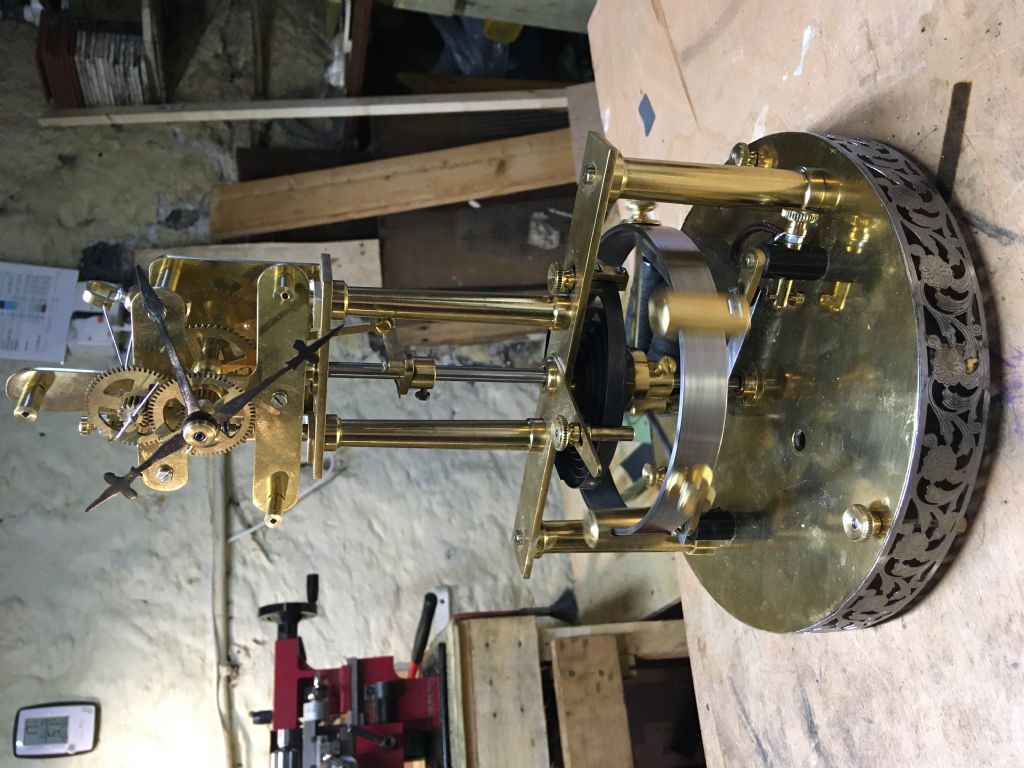With electric clocks of this type both the mechanical and electrical efficiency must be good if the battery is to last.
As an example the Eureka clocks will typically run for a year of a D sized cell and this has a 30 coil resistance.
To check the mechanical efficiency just set the balance wheel in motion, without the battery connected, and see how long the balance wheel remains oscillating. On the Eureka clock I have in for service I released the balance wheel from 120 degree position from the at rest position and the balance wheel final stopped 90 seconds later.
For good electrical efficiency the timing of the energisation of the coil must coincide with the magnetic pull produced by the coil acting on the balance wheel at the correct position of the swing.
I'm not sure about the exact design of the Wilding clock but on the Eureka clock the contact closes 30 degrees before the pole pieces are at their minimum distance and the distance is about 3 thousands of an inch. The coil/pole piece arrangement forms a reluctance motor in that force is generated between the pole piece and coil as the length of the magnetic field in the air gap is shorted. If the air gap is very small the inductance of the coil can be very high even for a very low resistance coil. A high inductance has the effect of slowing the rate of rise of electrical current when a voltage is applied so the effective current drawn may be quite low provided the duration of the coils energisation is short.
So for good efficiency the air gap between the pole piece and coil must be short, the timing of energisation should be short and at the correct point in the balance wheel position to give the greatest mechanical impulse to the balance wheel.
I hope this helps.
Clive
 David Noble.
David Noble.





